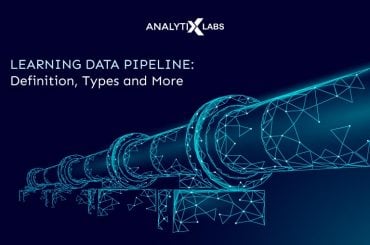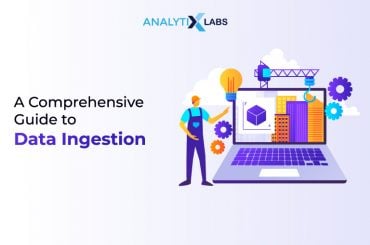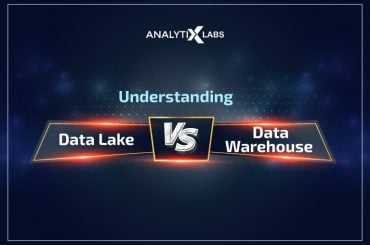Every day the world ends up creating about 2.5 quintillion bytes of data from various online sources. Managing such huge amount of data manually is out of the question. In comes Big Data; as the name suggests, big data handles humongous amounts of data using various techniques to capture, manage and process these data sets. Technologies like predictive behaviour and other such advanced analytics are used to generate meaningful and useful insights from these data sets that can be used further.
Considering that we are moving to becoming more addicted to electronics and digital presence, more data will be generated as the days roll out. Looking at the number of online enterprise applications we are using in our daily lives, this can very well be called as the ‘Enterprise era.’ According to the World Payment Report 2017, the global non-cash transaction is slated to grow at a CAGR of 10.9% from 2015-2020, with E-payments and M-payments taking up 32% of this volume. Corporates are readily embracing online transactions, which means dealing with sensitive data in huge sets.
It is no less than a challenge for enterprises to handle sensitive data in large sets, and also effectively using the data coming from different newer sources every day. Thus, corporates are turning to big data and its technologies to process and generate the right data from these unstructured data sets.
Enterprise and Big Data
Many enterprises have started investing heavily in various data warehouses. But this is also causing a major processing burden because the variety, velocity, and volume of data keep on increasing every minute, making it an expensive affair. This is particularly why organizations are now looking towards Hadoop and other such open source tools to take the load off data warehouses. Hadoop is cost-efficient and can be used with a variety of data warehouses. There remains a slight problem. Hadoop requires a special skill set for its deployment. Thus, organizations are scouting for alternatives that will be efficient and low-cost like Hadoop. One such solution is the Hadoop Reference Architecture – a solution built by Dell, Intel, Cloudera, and Syncsort. Using the Cloudera Enterprise software, this solution provides a Hadoop environment. It simplifies data processing with its architecture and enables users to optimize an existing data warehouse.
The Data Enterprise Model
The majority of enterprises are implementing big data model which consists of the following processes.
Data Source
Different big data techniques are implemented on these data sets. They can be structured, unstructured or semi-structured in their format. Unstructured data sets comprise of social media images, audio/video files, or texts. Semi-structured data sets are those that are generated by various machines. These datasets require a lot less effort in converting to structured data sets. Data about transactions are always in a structured format.
Acquire
Once the data sets are taken from their sources, they can be either written directly to the real-time memory processes or the disks or database files. Once data is received, there are many ways for data persistence.
Organise
This is where the acquired data is organized for further analysis. The format and quality of the data are now revamped through various technologies for quicker evaluation of unstructured data like MapReduce process (Spark) in memory. There are other methods available for evaluation.
Analyse
Once data sets are converted to organized forms, they are ready for further analysis. The processing output of data is now loaded into a foundation layer after having converted from low density to high-density dataset. Apart from this, data can be loaded to various other data warehouses, discovery labs, data marks or into the reservoir.
Decide
This is where the decision-making happens with the use of various advanced technologies to trigger the outcome. This stage consists of data modeling, interactive and real-time tools.
Why is big data significant for enterprises?
Enterprises are willing to shell out millions for big data because of the insane benefits that they reap. For instance:
- When traditional enterprise data is combined with analysis and distillation of big data, it results into a more insightful and thorough understanding of their business. This makes way for greater productivity, better innovation, and a strong competitive hold.
- Advertisers have better opportunity to target their customers through GPS enabled smartphones that tell them when their customers are within the proximity of a restaurant or a store or a tea shop. Retailers get detailed insights from their buyers, making it easy to target them with deals and offers that will trigger a purchase.
- Personalised experience on social media platforms is another boon of big data. By storing and using all available data about the users or members, this is possible for social media networks like Facebook, Instagram or Twitter.







